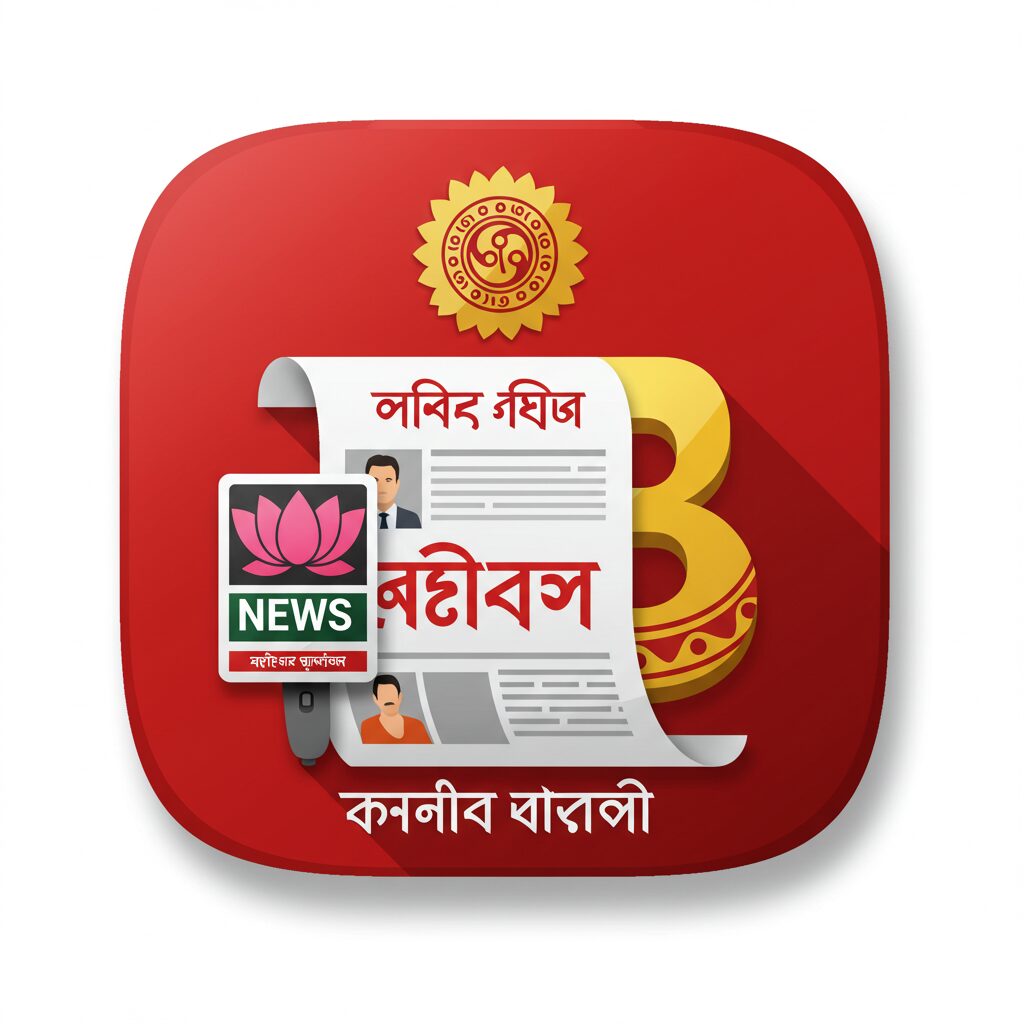
academic literature access tools: 15-tool coverage comparison (literature review) – understanding the article and its significance.
The article “Academic literature access tools: 15-tool coverage comparison (literature review)” published on the Current Awareness Portal (current.ndl.go.jp/car/255620) on July 18, 2025, at 03:49 provides valuable insights for anyone navigating the complex landscape of academic research. This article, in essence, acts as a guide to help researchers efficiently find and access scholarly materials.
What is this article about?
The core of this article is a comparative analysis of 15 different tools that help users access academic literature. In simpler terms, it’s a review that examines how well various tools can help you find and get your hands on research papers, articles, and other scholarly works.
Think of it like this: imagine you need to find information on a specific topic. There are many websites, databases, and software programs that claim to help you with this. This article tests and compares 15 of these “helpers” to see which ones are most effective and cover the broadest range of academic content.
Why is this article important?
In the world of academia, access to reliable and up-to-date information is crucial. Researchers, students, and even the general public who want to understand scientific advancements rely on academic literature. However, finding this literature can be challenging due to:
- Vastness of information: The sheer volume of published research is enormous.
- Different databases and platforms: Academic content is spread across various subscription-based databases, open-access repositories, and publisher websites.
- Technical barriers: Some access methods require subscriptions or specific software.
This article addresses these challenges by providing a “coverage comparison.” This means it likely evaluates:
- The range of subjects or disciplines each tool covers (e.g., medicine, engineering, humanities).
- The types of academic materials it provides access to (e.g., journal articles, conference papers, books, theses).
- The accessibility of the content (e.g., whether it’s open access, requires a subscription, or offers free previews).
- The user-friendliness and features of each tool.
Key takeaways for understanding the article:
When you delve into this article, you can expect to learn about:
- The specific 15 tools being reviewed: The article will likely list and briefly describe each tool. These could include well-known academic search engines, specialized databases, institutional repositories, or even tools that help with citation management and discovery.
- The methodology of the comparison: How did the authors assess the “coverage”? Did they search for specific keywords across all tools? Did they analyze the subject areas supported? Understanding the method helps in judging the reliability of the findings.
- A comparative analysis of their strengths and weaknesses: The article will likely highlight which tools excel in certain areas and which have limitations. For example, one tool might be great for finding a wide range of STEM research, while another might be better for historical documents.
- Recommendations for different user needs: Based on the comparison, the article might offer guidance on which tools are best suited for different types of users, such as undergraduate students, PhD candidates, or professional researchers.
- The importance of diverse access strategies: The article likely underscores that no single tool is perfect for all needs. It encourages users to explore multiple avenues for accessing academic literature.
In simple terms, this article helps you answer questions like:
- “If I need to find papers on artificial intelligence, which search engine should I use?”
- “Where can I find free access to scientific articles?”
- “What are the best ways to discover new research in my field?”
- “Are there tools that can help me find older academic works?”
The significance of the publication date:
The publication date, July 18, 2025, is important because it indicates that the information presented is likely current and relevant to the state of academic access tools at that time. The field of information access is constantly evolving with new tools and updates, so a recent review is highly valuable.
About the Current Awareness Portal:
The fact that this article is published on the “Current Awareness Portal” (カレントアウェアネス・ポータル) suggests that it is a reliable source of information related to libraries, information science, and new developments in information access. This portal likely aims to keep professionals and the public informed about important resources and trends in the information landscape.
In conclusion, the article “Academic literature access tools: 15-tool coverage comparison (literature review)” is a practical and essential resource for anyone involved in academic pursuits. It demystifies the process of finding and accessing scholarly information by comparing various tools, providing users with the knowledge to make informed choices and navigate the vast world of academic knowledge more effectively.
学術文献にアクセスするための15のツールのカバレッジ比較(文献紹介)
এআই সংবাদ সরবরাহ করেছে।
নিচের প্রশ্নটি Google Gemini থেকে প্রতিক্রিয়া তৈরি করতে ব্যবহৃত হয়েছে:
2025-07-18 03:49 এ, ‘学術文献にアクセスするための15のツールのカバレッジ比較(文献紹介)’ カレントアウェアネス・ポータル অনুযায়ী প্রকাশিত হয়েছে। অনুগ্রহ করে সম্পর্কিত তথ্য সহ সহজবোধ্যভাবে একটি বিশদ নিবন্ধ লিখুন। অনুগ্রহ করে বাংলায় উত্তর দিন।